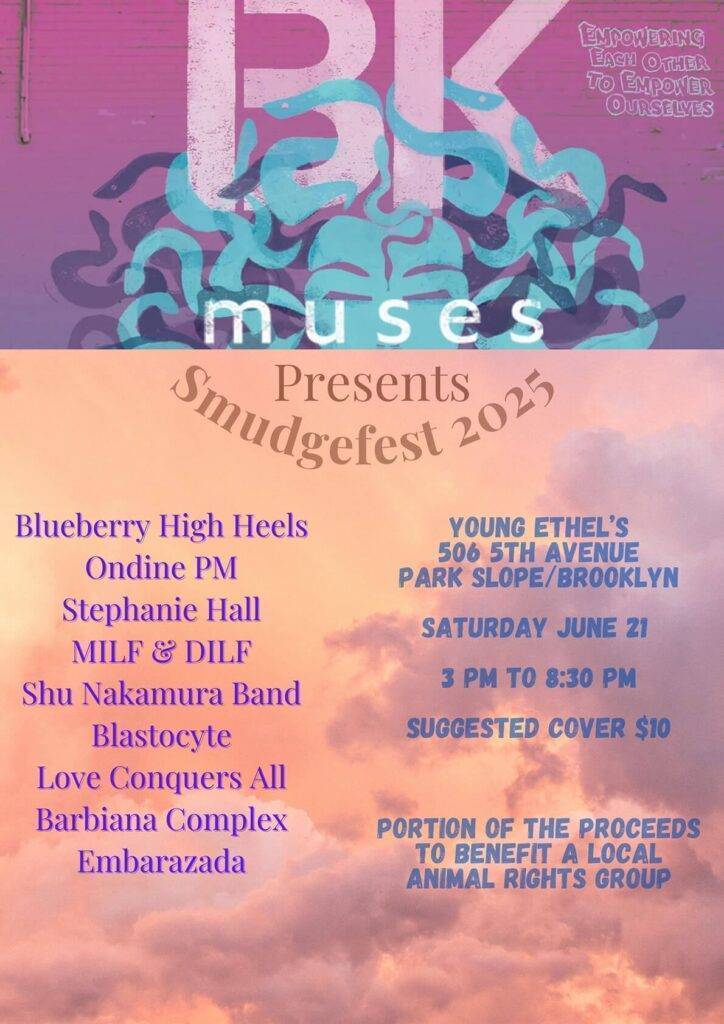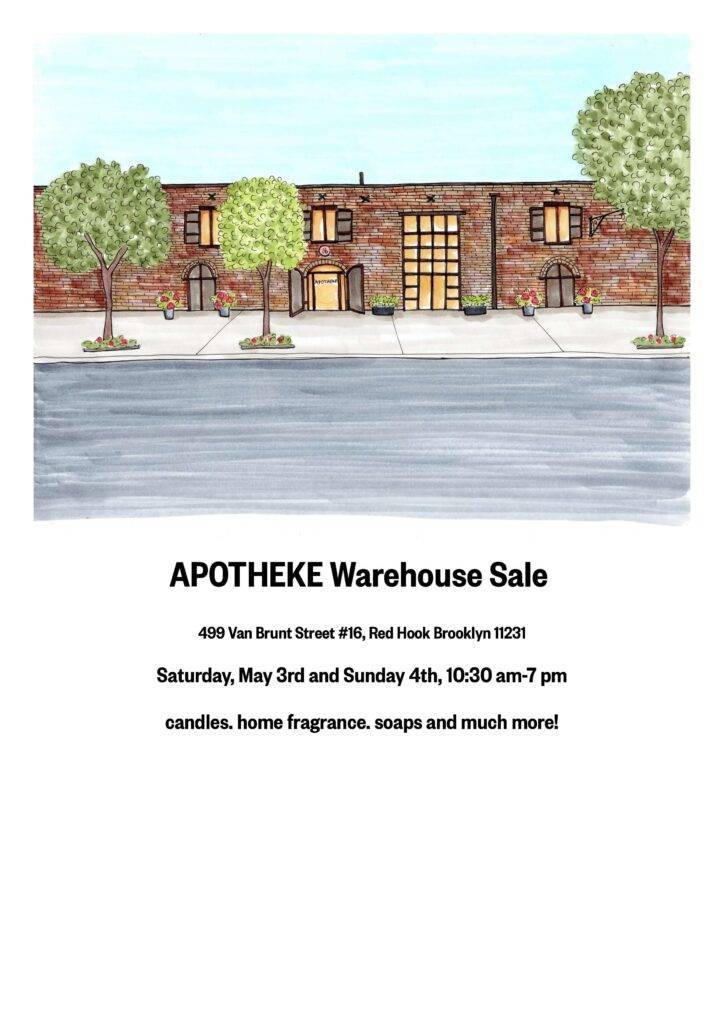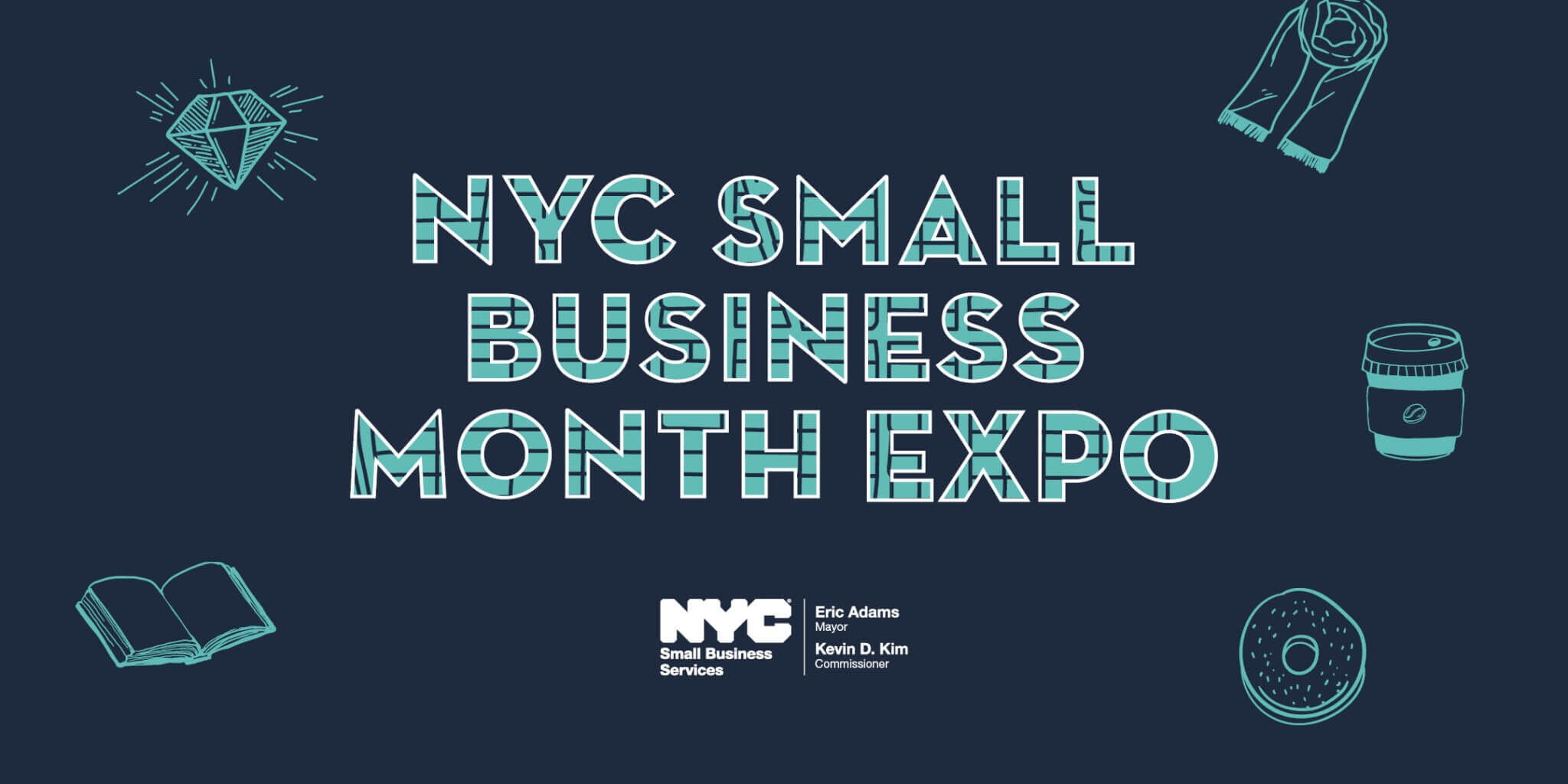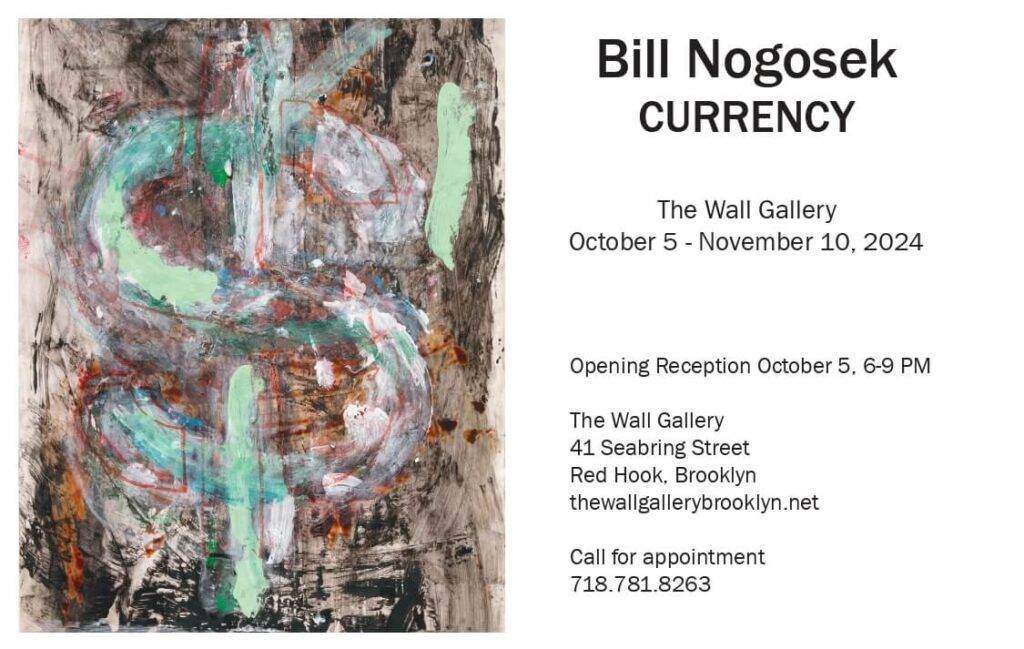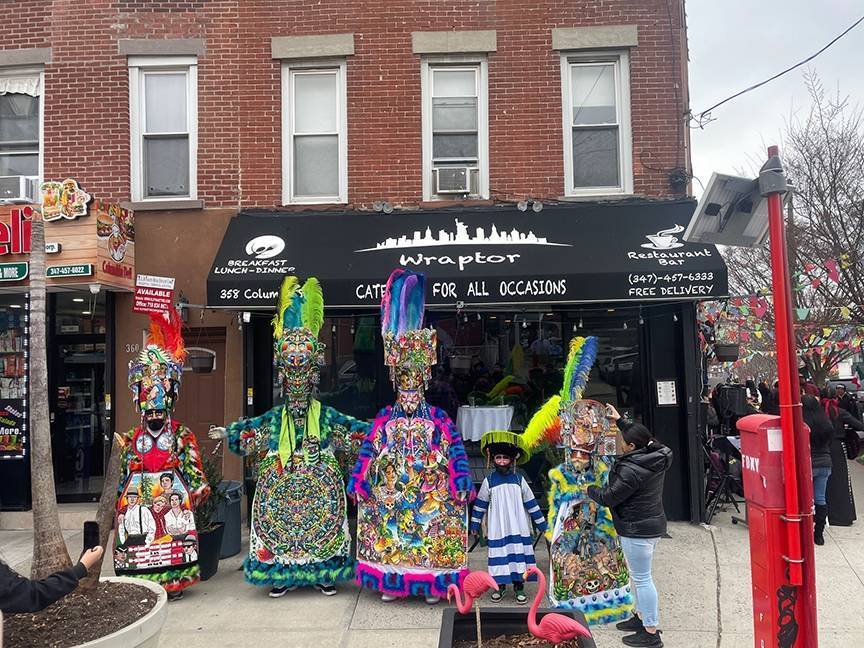Drag queen Linda Simpson has been a unique presence in New York City nightlife since the 1980s. She’s not known for barn-burning performances (her longstanding gig is as a Bingo hostess) or for being a look queen (her off-the-rack outfits veer toward the pedestrian, capped with an out-of-the-bag, shake-and-go red wig). Her wisecracks and corny sense of humor are as likely to induce groans as they do laughs, but that’s actually a big part of Simpson’s charm. In fact, the legendary Butt magazine once singled her out for being “refreshingly untalented.”
Like the name she chose for herself, Simpson’s appeal lies with her comparative normalcy. Yet she grew up male in Minnesota, feeling like a misfit. Through drag, “I had found an identity and a welcoming tribe of like-minded confidantes,” she writes in The Drag Explosion, a big, beautifully designed art book documenting the evolution of the late ’80s to mid-90s New York drag scene from the underground to the mainstream.
The Drag Explosion had its own evolution. A few years ago, Simpson began by dragging out old shoe boxes full of 35 mm snapshots from an era she calls B.C. (“before cellphones”) to put together a traveling slide show for audiences in clubs and galleries. This is just one of the things she has in common with the legendary photographer Nan Goldin and her seminal work, The Ballad of Sexual Dependency. They share an era, locales, a kind of grittiness, as well as an intimate relationship with their subjects—some of whom show up in both works. Simpson doesn’t claim to be a serious photographer—she calls these “just-for-fun” photos—but fans of Goldin’s work will immediately see the connection and find much to admire here.
Simpson has thoughtfully and purposefully arranged the photos with regard to composition (for example, pairing two different leopard-clad queens in one side-by-side spread), as well as the era to which they belong. At the end of each section, she includes a list of simple captions (“Page at my apartment,” “Tharin out on the town”) and the year. We see drag legends (Lady Bunny, Lipsynka, RuPaul) on their way up, hard-bodied men with their pants down, and club kids festooned in all their kooky finery. Simpson’s gaze captures her affection for her subjects and makes us interested in all of them.
She takes us to the East Village’s Pyramid club and early iterations of Lady Bunny’s Woodstock-inspired drag festival, Wigstock. She takes us up to the roof for a photo shoot, where an earlier version of Manhattan looms in the background. Often we see Simpson and her friends at home, getting ready, in messy apartments with powerstrips overloaded by the latest appliances (like a VCR), or in the corner of a bar constituting “backstage” after a show, wigless with sweat stains under the arms. Queens smoke, shop for cheap jewelry, pose for photos on the steps of porn theaters, and check their makeup in the side mirrors of parked cars.
Drag largely came from thrift stores then, and there are a lot of ’60s styles on display (geometric earrings, Pucci prints, go-go boots). Makeup came from drugstores and was crudely applied. Something like bright red lips sometimes signifies more than approximates femininity. This make-do scrappiness was born of necessity and defines the style then. While somewhat crude by today’s YouTube tutorial standards, it still feels surprisingly fresh. The venues look dumpy, the faces looks shiny, but everyone looks like they’re having the time of their lives.
Yet they were always reeling with grief. As Simpson reminds us, this was the era of AIDS. People were dying every day. Gays were considered pariahs; to even make this fact about yourself known was a radical act. Simpson hosted a weekly party and printed an underground zine, My Comrade, to promote messages of positivity, solidarity, and love. When she writes of this “thriving queer counterculture,” it makes you realize how much of gay culture has been absorbed by the larger straight culture, even as it continues to act in opposition to many of its norms.
Straight people got interested in drag and helped make it popular. Drag queens got jobs at bigger clubs, as promoters and hostesses, and RuPaul’s 1992 single “Supermodel” really brought the scene to the mainstream. Simpson and the rest of her cohorts thought this was the moment their ship would come in. Instead, interest in drag fell out of fashion.
A little over a decade ago, RuPaul rose like a phoenix from the ashes and once again caught the spirit of the zeitgeist. His wildly popular, Emmy-winning show RuPaul’s Drag Race mints a new generation of (reality) stars seasonally, the only drag queens people tend to recognize or be interested in these days. It is these people Simpson is likely addressing when she writes, “And to all you young drag queens, my sisters and I have something to say: You’re welcome.”
Refreshing? Absolutely. Untalented? The Drag Explosion shows otherwise. It reveals Linda Simpson as the powerhouse she’s been all along: the wallflower at the orgy, camera in hand, ready for the money shot.

